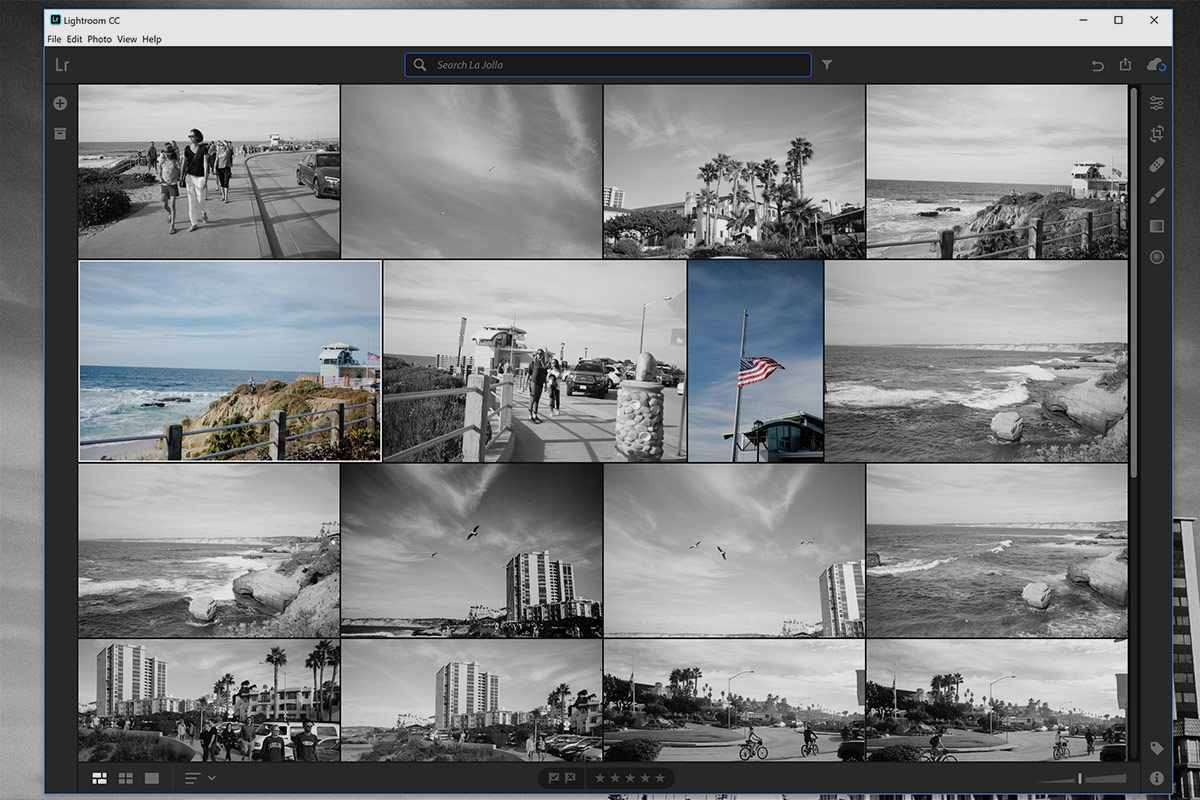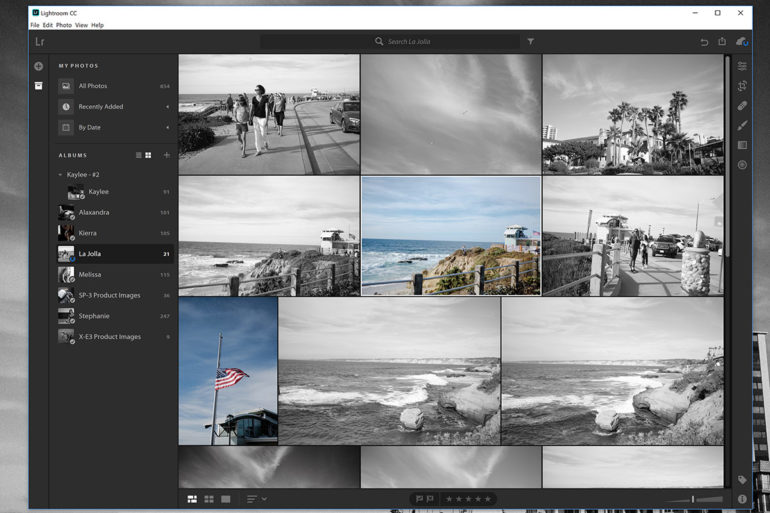Last Updated on 12/29/2017 by Chris Gampat
Lots of fuss about Lightroom CC; Is it as bad as they say?
So, I am not going to bore the lot of you with a recap of what Adobe Lightroom CC is vs Adobe Lightroom CC Classic and all the fuss about that. It is what it is, and if you are reading this post then I am going to assume you know what is going on. All the same, Adobe Lightroom CC is new and no doubt some of you are curious about its capabilities and usability for photographers. So I took one for the team, I used Lightroom CC exclusively for the last few weeks and I am here today to share the tale.
Is Adobe Lightroom CC as bad for photographers as many media heads made it out to be? Is it the end of the world for the professional photographer who edits almost exclusively with Lightroom? In short, no, but let me set the stage for you a bit…
The Test And My Setup
Okay, so as mentioned above, I took it upon myself to dedicate all of my photo editing to Adobe’s Lightroom CC over the course of the last several weeks. The rules were pretty simple, if I could do it in Lightroom CC I needed to do it in Lightroom CC. As well, I needed to try out as much of the functionality as I could to get the clearest possible picture of this software.
In terms of my loadout. I utilized my HP Spectre x360 15” laptop, my iPhone 6s & Google Pixel 2 XL, as well as my usual photo kit consisting of a [amazon_textlink asin=’B01A8DUR74′ text=’Fujifilm X-Pro2′ template=’ProductLink’ store=’thephobl-20′ marketplace=’US’ link_id=’59bd0248-cd7b-11e7-8386-598f122331c9′] and [amazon_textlink asin=’B016S28I4S’ text=’35mm F2′ template=’ProductLink’ store=’thephobl-20′ marketplace=’US’ link_id=’66f78bdd-cd7b-11e7-b020-5929ba4dace0′]. For some of this experiment I also had access to a [amazon_textlink asin=’B0759GZFMG’ text=’Fujifilm X-E3′ template=’ProductLink’ store=’thephobl-20′ marketplace=’US’ link_id=’6f0353ec-cd7b-11e7-a2d8-ff0026b87f62′] and the XF 23mm F2. I did also have Lightroom CC installed on my desktop, just for the sake of consistency, but most of this test was done utilizing the laptop.
I have been utilizing Adobe Lightroom CC as my primary (and honestly, in the case of most edits, only) image editor for most of November. It has given me some great insight into how this version of the software has been unfairly painted in a bad light, but as well, my experience with Lightroom CC Classic has shown me some improvements that need to be made in Lightroom CC if professionals are ever expected to utilize this as their image management and processing suite.
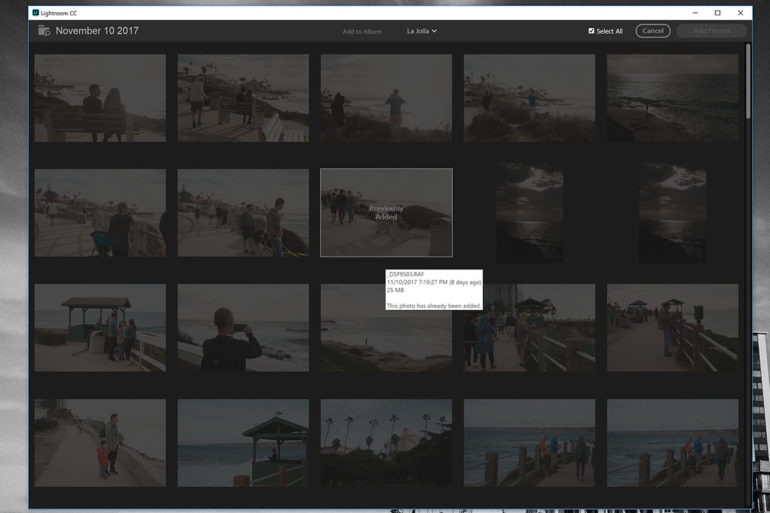
My Conclusions
Let’s start with something good that came from my extended testing of the Lightroom CC app. It is fast and stable, I had absolutely zero issues with the app on my laptop, desktop, and either phone. That is impressive considering how often issues crop up with Lightroom CC Classic. But, to get into the software itself, I found it was very much a double-edged sword for me; on one hand, I really loved the simplicity of it, the intuitive layout, and the ease of making adjustments to images. But on the other hand, there were often times I found myself frustrated by a lack of functionality in terms of something that I could do in Lightroom Classic CC but couldn’t do in Lightroom CC.
This is just the nature of the beast, and we can hope that functionality on Lightroom CC is improved and brought closer to what Lightroom CC Classic can do as updates roll out. But for now, there are some annoying holes in Lightroom CC from an experienced editor’s perspective.
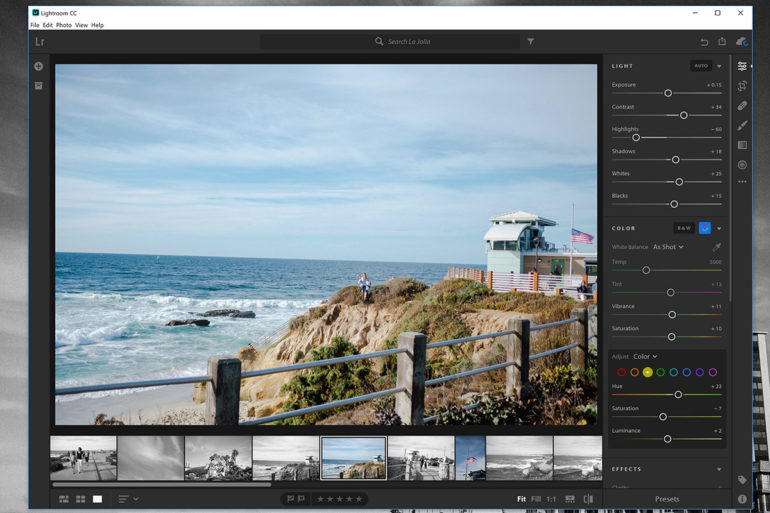
Moving on, as many of you know and have seen, Lightroom CC is designed to be much more touch-friendly than Lightroom CC Classic ever was. My HP Spectre x360 happens to have a 4K touchscreen in it, so I often found myself flipping the screen around and processing images in Lightroom CC with my hands and the pen HP includes with the device. It was honestly way more fun and much faster than I thought, to the point that I found myself wanting to edit on the laptop vs my desktop in order to take advantage of the functionality. It’s not perfect, but I really enjoyed it.
By far, my biggest frustration with Lightroom CC is the inability to import images that you don’t want to sync to the cloud. This is probably the biggest deal breaker for me, and I don’t even shoot the number of images a wedding photographer might. An average session for me will be anywhere from 300 to 600 images on my card. So with a standard workflow, I would import them into Lightroom and then cull them down, first by deleting the error/bad shots and then by ranking the images into one of three categories. In the end, I usually get it down to around 75-100 images that I deliver to the client for viewing and product ordering.
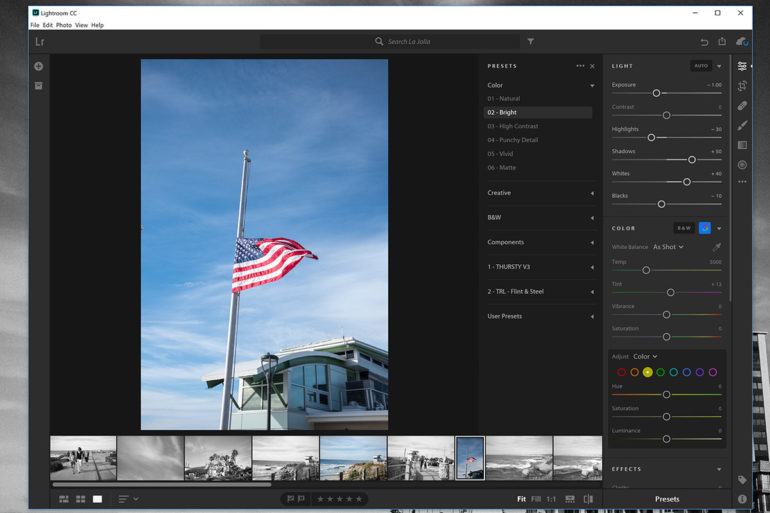
Can you already see the issue here? This means that anywhere from 200-500 images are being imported that I either won’t need or will end up deleting shortly thereafter. Especially with my X-Pro2, these RAW files are not small, so that is a lot of data Adobe wants to import to the cloud that I don’t need on the cloud. I mean, I get it, it’s to make the process easier for ‘normal people’ who are probably editing an image here or there, or a bunch of shots from the latest family picnic. But for a professional, importing hundreds, if not thousands, of images having the opportunity to cull through them before syncing is vital.
This could be easily solved if Adobe added an import dialog box that lets you turn off the syncing feature for specific folders, even if that was just temporary (48 hours or something). This would give photographers the time to cull through a shoot and decide the shots they want to work on before uploading the images and syncing them. Adobe won’t do this because it defeats the purpose of the software, which is importing your images and being able to edit them from anywhere. But if I had to peg one ‘major’ issue with Adobe Lightroom CC it is this; their entire design and use case for the software totally leaves professional photographers out of the scenario. They may say otherwise, but if they did consider the needs of a professional using that software then whoever did so needs to be fired.
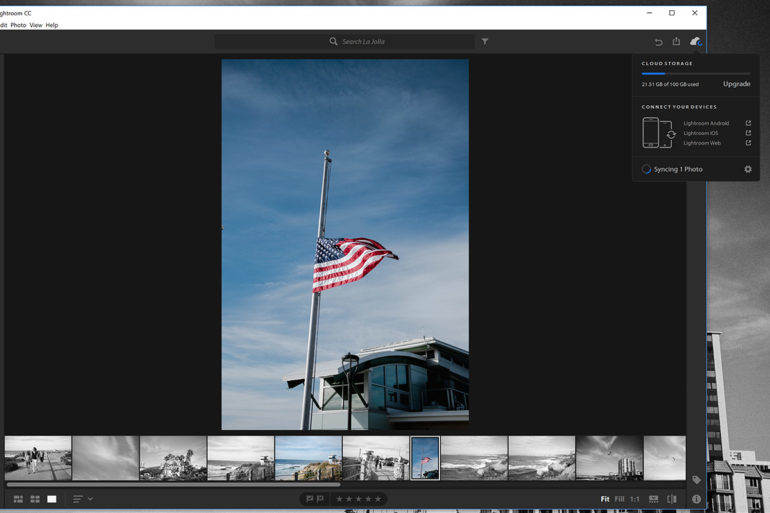
I used the software exclusively for just 2-3 weeks, and despite utilizing a separate software exclusively to cull my sessions before importing them into Lightroom I still managed to upload almost 25GB of data. That is 25% of my data allotment provided on my creative cloud subscription unless I wanted to upgrade to the 1TB plan, which even then is 2.5% of that allotment. I only imported and synced about 600 images in Lightroom CC. Can you see the problem with that? If the syncing was optional that would be one thing, but at this point, it isn’t and that means if I did things like I usually did I would blow through my data cap faster than what is acceptable.
One other annoying thing I came across is preset syncing, or that is to say the apparent lack of it. Presets that I installed on my laptop version were not synced to either the phones or the desktop. Not even presets you make right within Lightroom CC will sync to the rest of your Lightroom CC devices. This is also something I find laughably unacceptable. Presets are what most Lightroom Photographers use to quickly process images to a desired look. The fact that Adobe apparently wants me to install them on each machine individually (or in the case of a phone, not at all without stupid time-consuming workarounds) is ridiculous. If they can sync all my RAW files to the cloud why in the hell won’t they sync all of my presets and allow me to use them? It’s ridiculous.
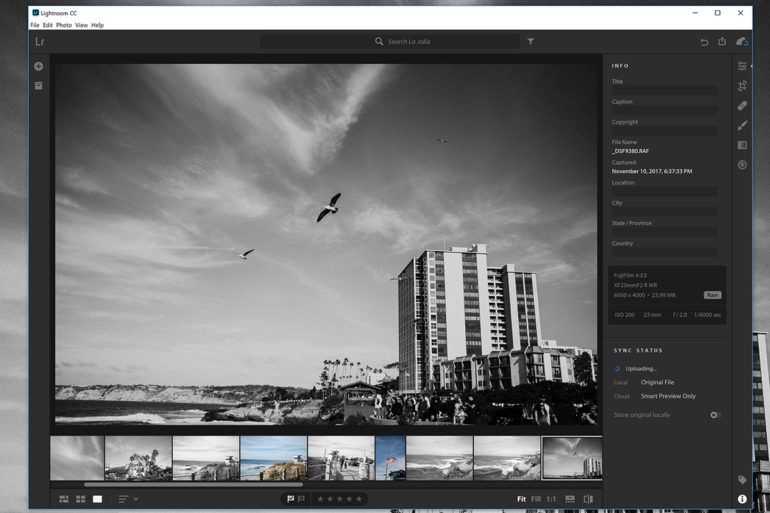
That said (and I know this review got really negative there for a bit), overall my experience with Lightroom CC was a good one. As stated toward the beginning, I really enjoyed the software in terms of the processing experience. If I was a consumer just looking to upload some images from the family trip to the zoo, or my vacation, then I could see Lightroom CC being a great match.
As well, if you have a touchscreen computer, I could see you really enjoying the editing experience on Lightroom CC. I sure did. The import process is also a lot better on Lightroom CC than on Lightroom CC Classic in my opinion, but that more or less comes down to simplicity.
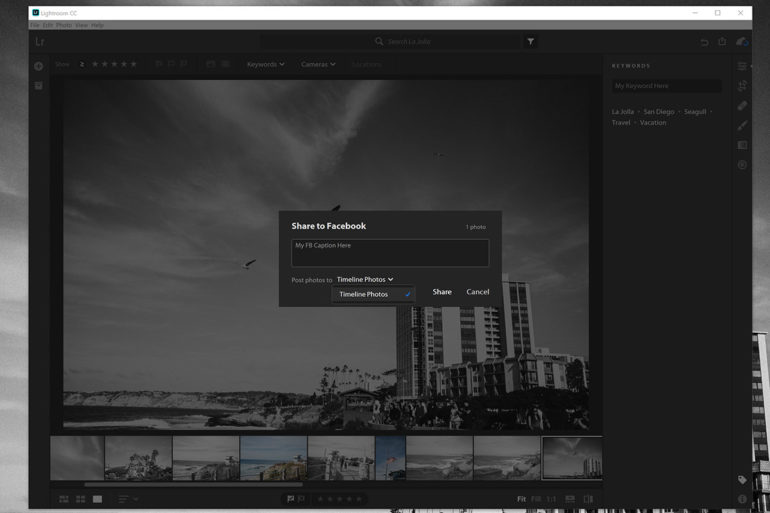
So, is Lightroom CC as bad as they say it is? Well, for professional photographers, yes. It simply isn’t a piece of software designed for the sort of workloads a professional photographer has. However, if you are not a professional, or if you are a professional looking to keep personal/family photography and professional photography separate, then Lightroom CC could be something that works really good for you.
That is that; Lightroom CC, in my experience, is good, bad, and ugly, which is a shame. There is so much potential there, even for a professional.


